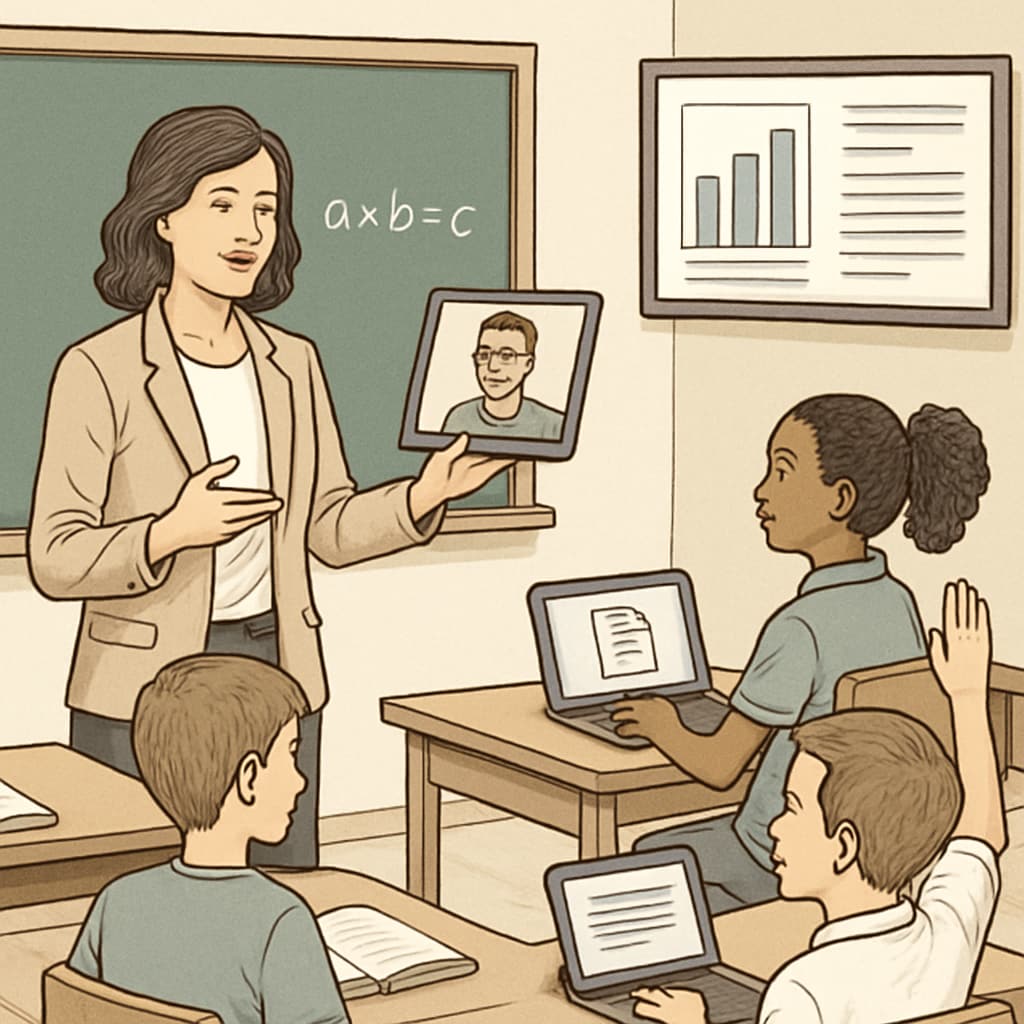The landscape of education is evolving rapidly, but education pain points, tool needs, and feedback from students and educators reveal critical gaps that require immediate attention. K12 education, in particular, faces unique challenges arising from diverse learning environments, varying student needs, and the rapid digital transformation of classrooms. This article explores the daily struggles of teachers and students, the limitations of current educational tools, and the innovative solutions needed to address these issues effectively.

Understanding the Core Challenges in K12 Education
K12 education encompasses a broad spectrum of learning experiences, yet educators and students often encounter recurring obstacles. Some of the most pressing challenges include:
- Overloaded teachers: Many teachers struggle with excessive workloads, including lesson planning, grading, and administrative tasks. This leaves little time for personalized attention to students.
- Engagement issues: Students, particularly in large classrooms, may feel disengaged due to one-size-fits-all teaching methods.
- Technology gaps: While digital tools are increasingly integrated into classrooms, many are either too complex or fail to address specific teaching and learning needs.
- Equity concerns: Not all students have equal access to the technology and resources required for modern education.
These challenges highlight the need for innovative tools designed to alleviate teacher burdens, enhance student engagement, and support equitable learning opportunities.
Limitations of Existing Educational Tools
While the edtech (educational technology) market has grown significantly, many existing tools fall short of meeting the needs of educators and students. Common limitations include:
- Lack of customization: Many tools offer generic solutions that do not adapt to individual teaching styles or student learning paces.
- Steep learning curves: Teachers often require extensive training to use new technologies effectively, which can be time-consuming.
- Connectivity reliance: Tools that depend on constant internet access can be problematic in regions with poor infrastructure.
For example, platforms like Google Classroom have enabled remote learning but are not always intuitive for users unfamiliar with technology. Similarly, adaptive learning apps often lack the depth needed for complex subjects.

Innovative Tool Proposals Based on Feedback
To bridge these gaps, it is crucial to design tools that address the specific pain points of K12 education. Feedback from teachers and students suggests several key areas for innovation:
- Personalized learning platforms: Tools that adapt to students’ individual skill levels and interests, providing tailored content and real-time progress tracking.
- Streamlined teacher dashboards: Centralized platforms that integrate lesson planning, grading, and communication, reducing administrative workloads.
- Offline functionality: Tools that can function effectively without internet access, ensuring inclusivity for underserved regions.
- Engagement-focused designs: Gamified elements and interactive content to make learning more engaging and enjoyable for students.
For instance, platforms like Khan Academy have demonstrated the potential of personalized and interactive learning experiences. However, further innovation is needed to scale these models effectively across diverse classrooms.
The Path Forward: Collaborative Solutions
Addressing education pain points requires a collaborative approach involving educators, students, parents, and technology developers. By leveraging feedback from these stakeholders, it is possible to create tools that are not only effective but also practical and user-friendly.
In conclusion, tackling the challenges of K12 education is both a necessity and an opportunity. By focusing on the real needs of teachers and students, we can design solutions that transform classrooms into dynamic, equitable, and engaging learning environments.
Readability guidance: This article uses short paragraphs and lists to improve readability. Transition words such as “however,” “therefore,” and “for example” are used throughout to ensure a smooth flow of ideas. Images are placed strategically to complement the content, and external links provide additional context.


